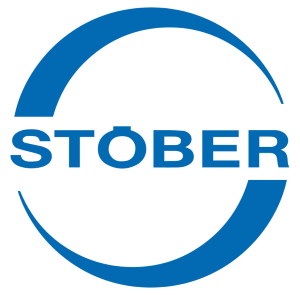MOTORS & VFDs
Industrial Robots for Manufacturing
Omron’s robotics lineup includes Collaborative Robots, SCARA, Mobile and Parallel robotics – all designed to help manufacturers meet today’s production demands and automation challenges.
Motors & Drives
AC Induction Motors, VFDs, DC Motor, Stepper Motors & Drives, Servo Motors & Drives, Linear Motors, Integrated Motors, Gearmotors
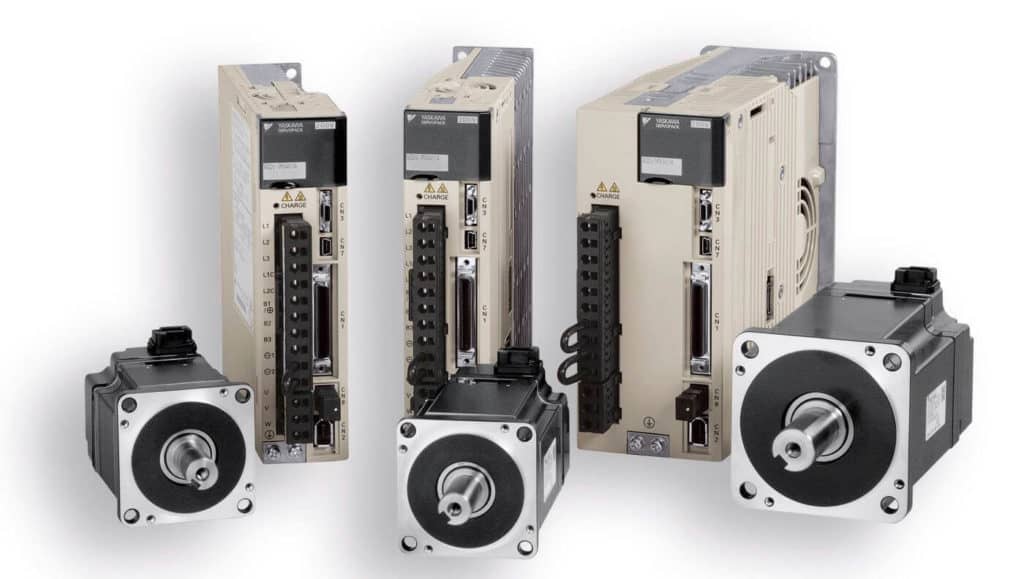
AZ Series Stepper Motors with Mechanical Absolute Encoder
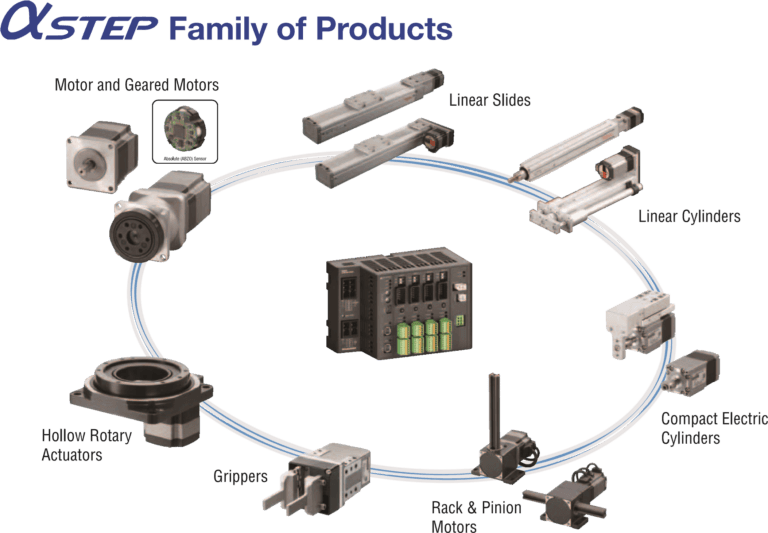
The AlphaStep AZ Series stepper motors offer high efficiency, low vibration and incorporates our newly developed Mechanical Absolute Encoder for absolute-type positioning without battery back-up or external sensors to buy. Closed loop performance without hunting or gain tuning. Available with a built-in controller or pulse input driver which substantially reduces heat generation from the motor through the use of high-efficiency technology. Requires AlphaStep AZ Series Stepper Motor Driver.
- Battery-Free, Mechanical Absolute Encoder
- Closed Loop Performance, No Hunting or Gain Tuning
- AC or DC Input Types
- Parallel Shaft and Right Angle Geared Types for Higher Torque, Space Savings
- Electromagnetic Brake Type Available
- AlphaStep AZ Series Stepper Motor Driver Required
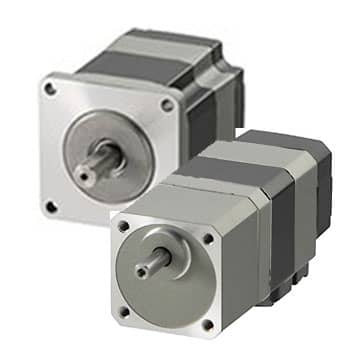
Products
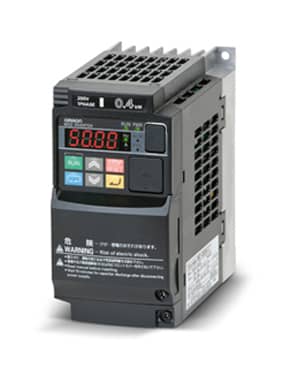
AC Induction Motors & VFD (Inverters)
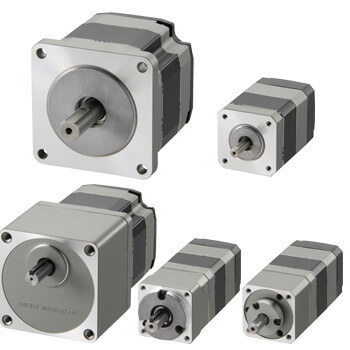
Stepper Motors & Drives
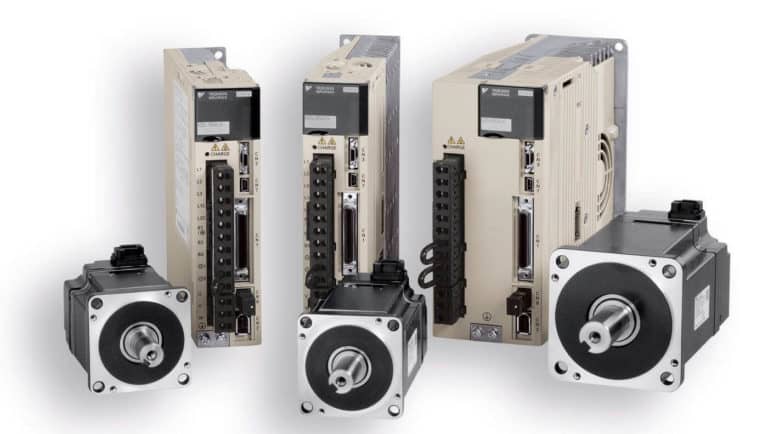
Servo Motors & Drives
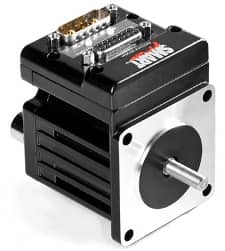
Integrated Motion Solutions
Frequently Asked Questions About Motors and Drives
Resources
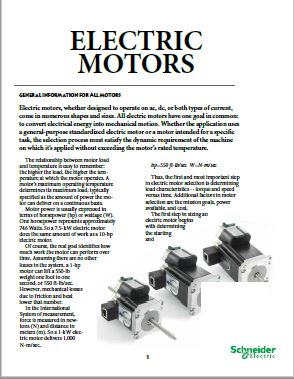
IMS Electric Motors Guide Whitepaper
Download the whitepaper.
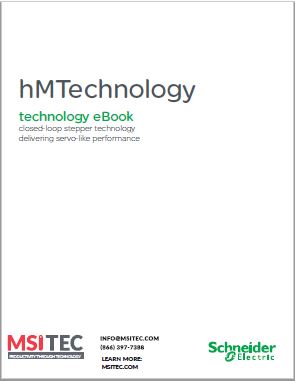
Introduction to Hybrid Motion Technology
Download the ebook.
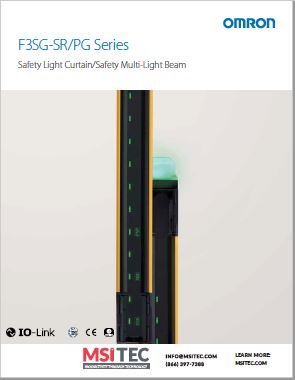
Transforming Machine Design: Motion Control
Download the ebook.
Let us help find what you need.
Call 866.397.7388
Give us a call and get help right away. We're here for you!
Get in touch
Got a question or need more info? Contact us!
Request a Quote
Get pricing quickly. Fill out our Request For Quote form.






